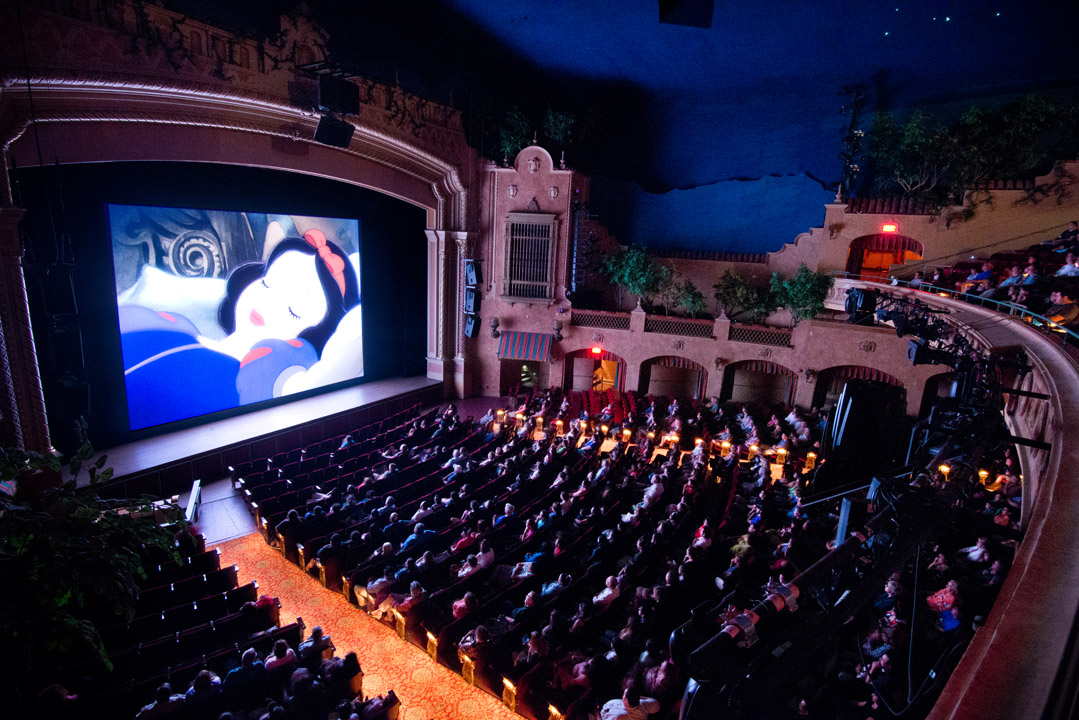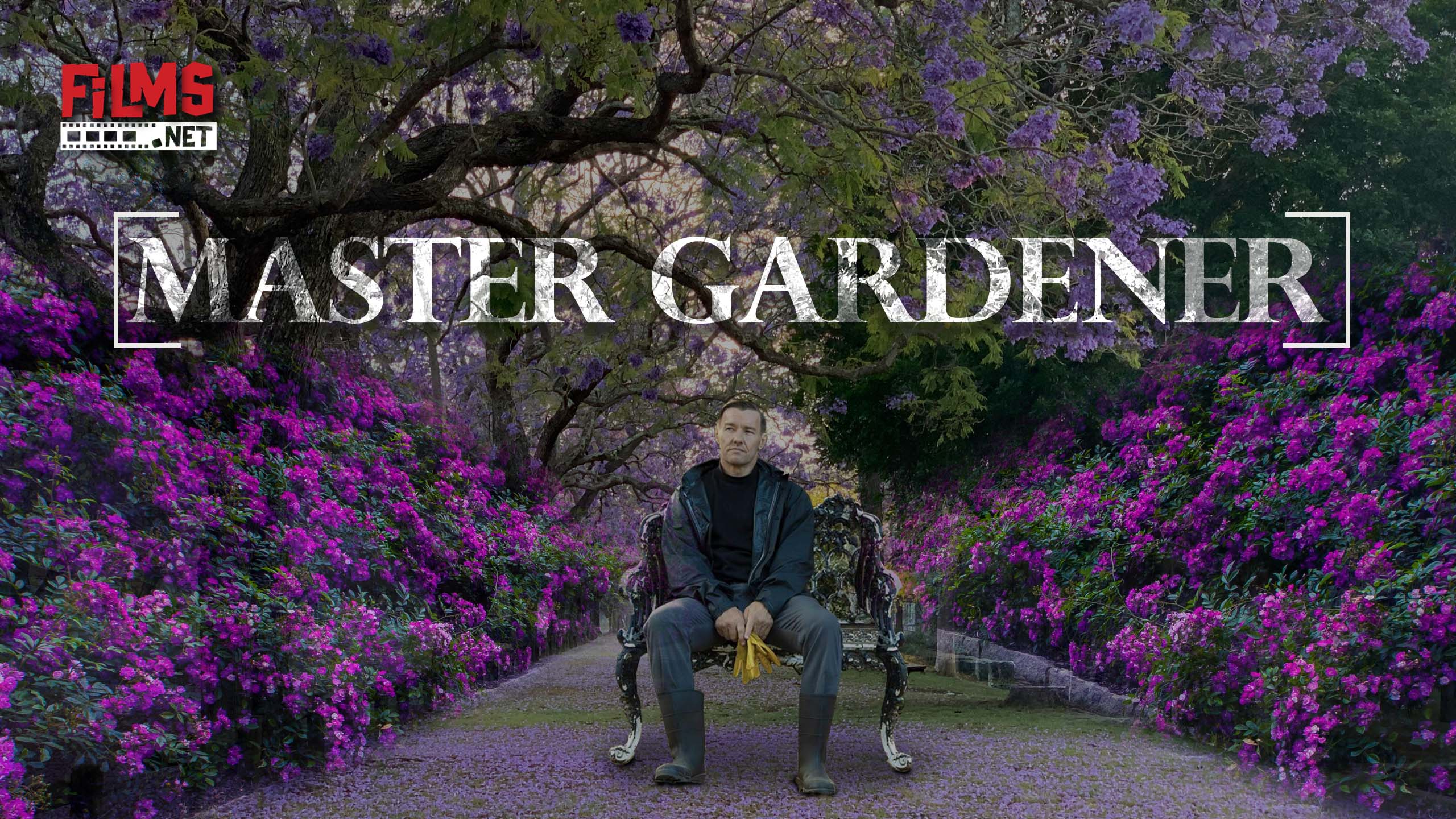Three Highlights from the First Week of the 2022 New York Film Festival

Located in the City of New York and celebrating its 60th edition between September 30 and October 16 of this year. The New York Film Festival finds itself in an unusual situation due to the lightning-fast pace of modern communication. In 1963, the festival was initially intended to serve as a “festival of festivals, showcasing films from many previous festivals that had had their world premieres at one or more previous festivals.
Positive Reviews
Many of the films that received positive reviews at the New York Film Festival went on to get wide distribution in the United States as soon as they made their debut. A film evaluation and report is a common practice after attending a festival anywhere in the world, including those held in Europe, Toronto, Telluride, and other places.
Movies won’t lose their excitement due to the shift that is taking place in the industry. Still, it will reorganize many of the most vital challenges currently being addressed by the sector, which it must address to remain competitive. Even though some of the incredible films I have seen at the press screenings for this year’s festival have not yet been released, I can’t wait to write about them when they are (such as Hong Sangsoo’s “The Novelist’s Film”); other films with similar releases but further down in the future are not as high on my priority list for me to write about as I would like them to be.
Good Movies
The selection of good movies schedule for release at the end of the year, at the beginning of the year after this one, or later is based on a set of excellent titles. In addition to reviewing the entire picture, we also evaluated the short films “The Potemkinists” (which was published in the magazine on October 1) and “Lesser Choices” (which was published in the magazine on October 8-9) as part of the evaluation.
The Mother and the Whore, a film directed by Jean Eustache and considered one of the best movies competing at this year’s festival, will receive its global premiere on October 5th and 6th after a long and detailed restoration process.
As well as the version from 1973 was also included in this version. It is a series of novel and profound thinking processes that are both new and profound simultaneously. As we enter the second week of the festival, the only thing left that is likely to excite us is a trio of movies that differ significantly in terms of their depictions of epistemic events in their cinematic portrayals.
Highlight 1: Saint-Omer
As part of the criminal trial process in France, the judge and the prosecutor are both required to make public the questions they will be asking the defendant during the trial. In a sense, the way French courts operate could be compared to gruesome yet intriguing bullfights rather than to the chess games they play in the American model.
Although I have long-standing support for Raymond Depardon’s documentary Tenth District Court, which explains how the French court system works, I had never seen a major French court drama until I was introduced to “Saint-Omer,” Alice Diop’s first feature-length fiction film (October 3 – 4 and 9), which was Alice Diop’s first feature-length fiction feature.
Rama, played by Kayije Kagame, is a young lady who is a published author and a literature professor at a university. She plays the role of a young African American. She is now on the verge of becoming a material metamorphosis when she is simultaneously instructing a class on the transformations of Marguerite Duras that are genuinely material.
Black Woman

A black woman originally from Senegal is accused of killing her fifteen-month-old daughter. Laurence Coly (Guslagie Malanda), in the same town in northern France. Where Rama travels to observe the trial of Laurence Coly (Guslagie Malanda), who is a woman from the same country. A trial is being conducted in a town by the same name, and Rama goes there to observe it.
The investigators are attempting to find out more about Laurence’s childhood, family, time spent in Paris, academic goals. Acquaintance with his child’s father (a white older man who is married), and his epistemic ties to the investigation by asking him about his childhood, family, Paris visit, academic goals. His relationship to the child.
Fabienne Kabou’s trial
Fabienne Kabou’s trial was painstakingly recreate in the screenplay for the movie. Which was also co-written by Diop, Amrita David, and Marie NDiaye. As they meticulously recreated Diop’s experience of watching the trial in Saint-Omer in 2016 as well. As a documentary filmmaker, Diop has a unique understanding of how to record courtroom interrogations with a degree of analytical precision that only comes from her experience. This is accomplish with the assistance of cinematographer Claire Mathon.
When working with her, she pays particular attention to gestures, gazes, and changes in phrases that indicate a significant shift in mood and awareness during the film. By using his fiery and forthright determination, Malanda does more than just skim the surface of the prosecution’s case; instead. He uses a series of stunning monologues and soliloquies that fill the courtroom. The frame with an awful sense of anger and rage. A terrible sense of wrath fills the courtroom and the frame of the image.
Highlight 2: Walk up
The festival that will take place this year will feature two films by Hong Sangsoo (the other film, “The Novelist Movie,” will open in theaters on October 28). He has complete creative control over both films by scripting both films, directing. The production, shooting the entire material, editing the movie, and producing the (short but substantial) soundtrack. Due to this, he has been able to conceive an original cast of characters and the setting and structure of the tale from scratch.
There is a sense in which his films are as many conditionals as they are actualizations of hypotheses, and often he employs more than one strategy to reach the same outcome. This makes them reminiscent of the amusing logic in the well-known children’s book by Laura Numeroff and illustrated by Garth Williams titled “If You Give a Mouse a Cookie.” This makes them perfect for young children.
Dramatic Ties
As Hong moves from October 2–8, he pushes these dramatic ties to surprising lengths in his play “Walk Up.” In this play. Hong creates a dramatic laboratory in the form of a modern apartment building (yes, a walk-up). Where he examines what might happen if a respected medium were to experiment with a bleak setting. New York City is the place where you can see “Walk Up” at The Public Theater. He invites his adult daughter Jeongsu (played by Park Miso), a young girl who dreams of becoming an interior designer. To visit his longtime friend Ms. Kim in the hopes that he can receive assistance from the elderly filmmaker. As a successful interior designer, Kim (played by Lee Hyeyoung), lives and works in the area (Kwon Hae Hyo) and works there too.
When working in this environment, it is possible to experience a wide variety of powerful emotions, both professionally and personally. It was decide by the father and the daughter that they would make the house their permanent home, but this did not happen simultaneously. Among the dramatic elements, we would like to point out that the interactions between Byungsoo. His neighbors, restaurant, and real estate agent, as well as the quick cuts in the scenes that indicate enormous changes off-screen that affect the characters’ lives. As well as the flipping of switches in the narrative track, do not add to the drama.
Course Choices
His course choices, almost like those of a pinball, were unpredictable and almost pinball-like. However, having a solid sense of one’s identity as a student is essential. Throughout the film, Hong creates several quirky and one-of-a-kind characters, and the structure and concept of the novel place these characters to the test as they force them to make sudden advances, halting retreats, unexpected turns, and even contradictions with each other.
With Ms. Kim’s warning about the nature of artistic creation, Byung-soo laments the stifling waste of high-low-budget cinema. In memorable, candid conversations about personal and universal matters, Byung-soo and Kim challenge each other with penetrating questions and assertive expressions. Byung-soo laments the stifling waste and inefficiency of movie theaters with high-low budgets.
The piece’s author warns about the nature of artistic creation in her speech. By combining his exceptional ability with Byungsoo’s anguish . Hong can demonstrate a sketch-like credo of practical spontaneity by depicting these intricate dialectical arguments from dramatic. Penetrating perspectives that, to the full extent of his absolute ability, blend with the narrative’s sketches. Rendering the film as a sketch-like theory of dialectical argument.
Highlight 3: A couple

It is based on the letters and diaries of Leo and Sofia Tolstoy (October 1-2). It is a fictitious film of medium length, directed by Frederick Wiseman, which follows the dramatic exploits of a single woman and features a large support cast of professional actors. A film based on the writings and diaries of the Tolstoy brothers, based on their writings and diaries. Sophia is played in the film by Nathalie Boutefeu. She enjoys taking long walks along the waterfront villa’s natural beauty and the architectural grace it has during the day. Throughout the night, she is shown sitting alone with candlelight. A lamp on the table, composing the narrative of the great writer’s life with him by candlelight and lamplight.
“It’s a Miserable Life” might be one of those catchphrases that might catch on in the future. To surprise his new bride, Sophia (he was 34 at the time). The night of their wedding, he gave her a copy of his diary. His diaries revealed that he had been involve in wild sexual activities and that he had father a child with someone other than his wife, detailing his wild sexual activities. A few days later, he announced that he had fathered a child by someone other than his wife, who was not his partner then.
Sacrifices
Although she has made many sacrifices for the estate over the years, and she is the only one providing emotional. Material support for her family, the housekeeper, who is in charge of the estate, does not seem unhappy about it. It is more critical for her to be upset that she has subordinate their society by her harshness, apathy, selfishness. Ingratitude by reducing them to her subordination. As Wiseman used the camera that had been use by Sophia’s former cinematographer, John Davey, during strolls of Sophia. He was able to capture the splendor of Sophia’s walk with the camera.
Wise man from Paris
A wise man from Paris, the Wiseman, makes a confession that could be consider the perfect representation of the artist’s confession of his works. The confession of Wiseman can be found in the book “The Art of Confession.” In this book, we will not find any indication of Wiseman critiquing himself. We will find Wiseman criticizing the aesthetic traditions of European art as a whole. His criticism of himself is not proven. There is no evidence to support this claim.
Methodology
Even so, through the use of this methodology. He can adequately express the audacity of attempting to film European art culture in its entirety throughout the entire film. I have been thinking about Jean-Luc Godard’s films lately because he passed away not too long ago. I noticed a striking resemblance between “A Couple” and Godard’s. “Nouvelle Vague” (which premiered at the New York Film Festival in 1990 but hasn’t been available in the United States commercially). Both movies have a plot that revolves around a power struggle between a couple (Alain Delon and Domiziana Giordano). As well as larger-scale conflicts of the time.
The difference between him and Godard, who creates highly symbolic figures iconographically. It is that he restores the voice of a historically significant individual while simultaneously rendering that voice emblematic, iconic, and symbolic.



